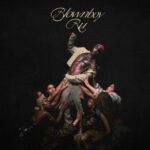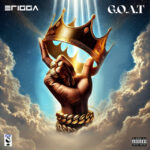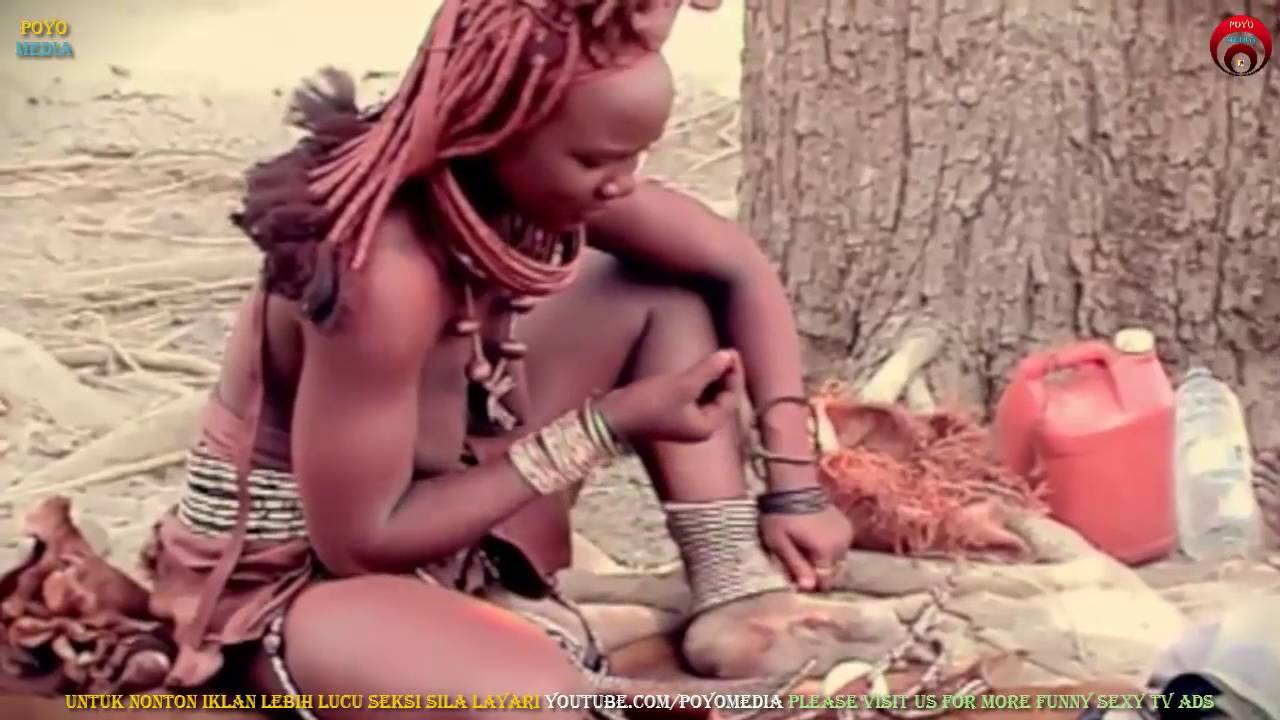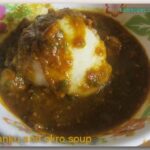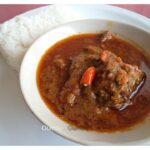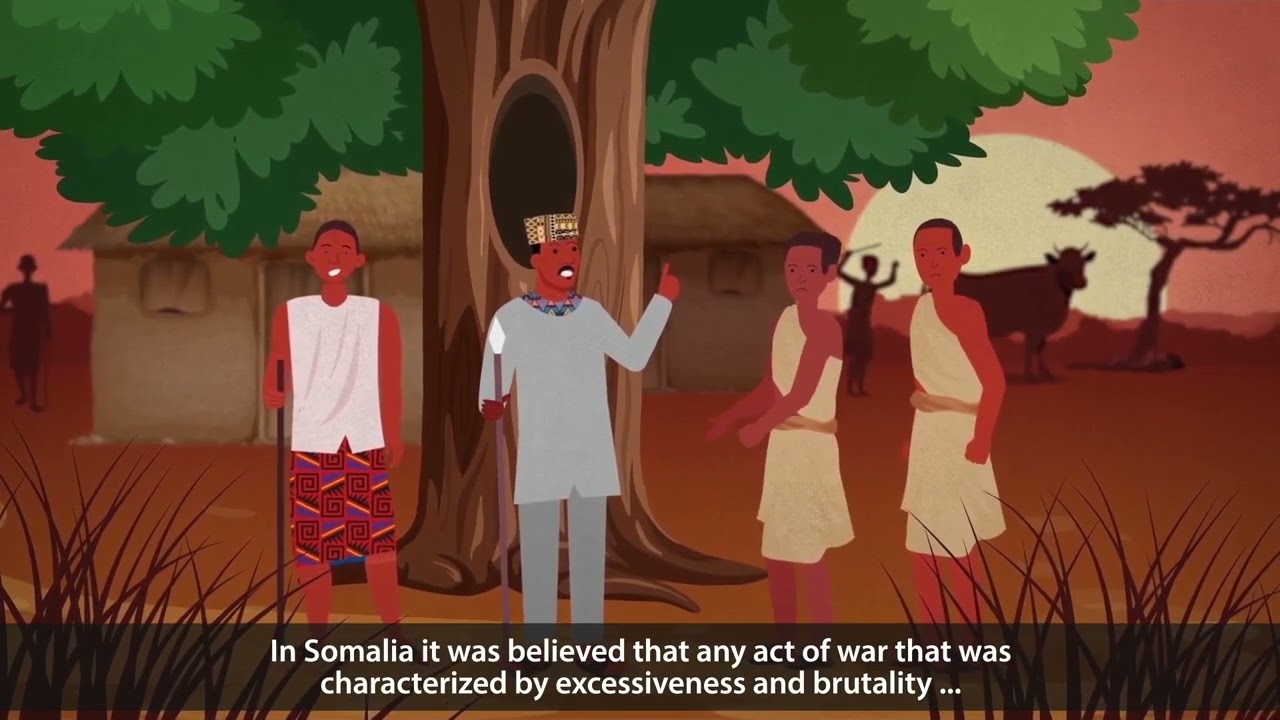This is a documentary on the beautiful Namibian tribes in Africa, their fascinating culture, rituals, traditions and ceremonies. The Himba (singular: OmuHimba, plural: OvaHimba) are indigenous peoples with an estimated population of about 50,000 people living in northern Namibia, in the Kunene region (formerly Kaokoland) and on the other side of the Kunene River in Angola. There are also a few groups left of the Ovatwa, who are also OvaHimba, but are hunters and gatherers. The OvaHimba are a semi-nomadic, pastoral people, culturally distinguishable from the Herero people in northern Namibia and southern Angola, and speak OtjiHimba (a Herero language dialect), which belongs to the language family of the Bantu. The OvaHimba are considered the last (semi-) nomadic people of Namibia.
Both the Himba men and women are accustomed to wearing traditional clothing that befits their living environment in the Kaokoland and the hot semi-arid climate of their area, in most occurrences this consists simply of skirt-like clothing made from calfskins or increasingly from more modern textiles, and occasionally sandals for footwear, with foot soles often found made from old car tires. Himba women especially, as well as Himba men, are remarkably famous for covering themselves with otjize paste, a cosmetic mixture of butterfat and ochre pigment, to cleanse the skin over long periods due to water scarcity and protect themselves from the extremely hot and dry climate of the Kaokoland as well as against mosquito insect bites. The cosmetic mixture, often perfumed with the aromatic resin of the omuzumba shrub, gives their skin and hair plaits a distinctive orange or red-tinge characteristic, as well as texture and style. Otjize is considered foremost a highly desirable aesthetic beauty cosmetic, symbolizing earth’s rich red color and blood the essence of life, and is consistent with the OvaHimba ideal of beauty.
There are many different people groups and tribes across the continent of Africa – with their culture varying from tribe to tribe.
Africa has an estimated total of 3,000 tribes, all of which incredibly vary in terms of language and culture. Some African tribal traditions are a mystery and fascination for most of the modern world. This is just some of the fascinating African tribal traditions, culture and rituals.
Ethiopia, in the Horn of Africa, is a rugged, landlocked country split by the Great Rift Valley. With archaeological finds dating back more than 3 million years, it’s a place of ancient culture. Among its important sites are Lalibela and its 12th-13th century rock-cut Christian churches, and Aksum, the ruins of an ancient city with obelisks, tombs, castles and Our Lady Mary of Zion church.
source




